(Prices correct as of today’s date, are updated daily, are subject to change and represent genuine availability at time of update).
Cruise only holidays are financially protected by ABTA. Fly cruise holidays are financially protected by Holland America Line under ATOL number 6294
Please click here to check the essential travel requirements before booking this cruise.
Want to add a hotel stay or change your flights?
Just call our team of cruise specialists to help build your dream cruise holiday today!
Prices based on 2 people sharing. Cruise only price does not include flights. Fly-cruise price may vary by chosen UK airport.
Itinerary
Boston, Massachusetts
There’s history and culture around every bend in Boston—skyscrapers nestle next to historic hotels while modern marketplaces line the antique cobblestone streets. But to Bostonians, living in a city that blends yesterday and today is just another day in beloved Beantown.
Boston, Massachusetts
At Sea
At Sea
At Sea
San Juan (Puerto Rico)
Saint Thomas
Sint Maarten
Castries
Bridgetown
At Sea
Curaçao
At Sea
At Sea
Half Moon Cay
Miami, Florida
What's Included with
Holland America Line
Use of swimming pools, hot tubs, fitness centre and leisure facilities where available
Accommodation
Breakfast, lunch, dinner and snacks in a choice of included dining venues
Entertainment throughout the day and evening
Complimentary shuttle service from ship to port where available
Explore Zuiderdam







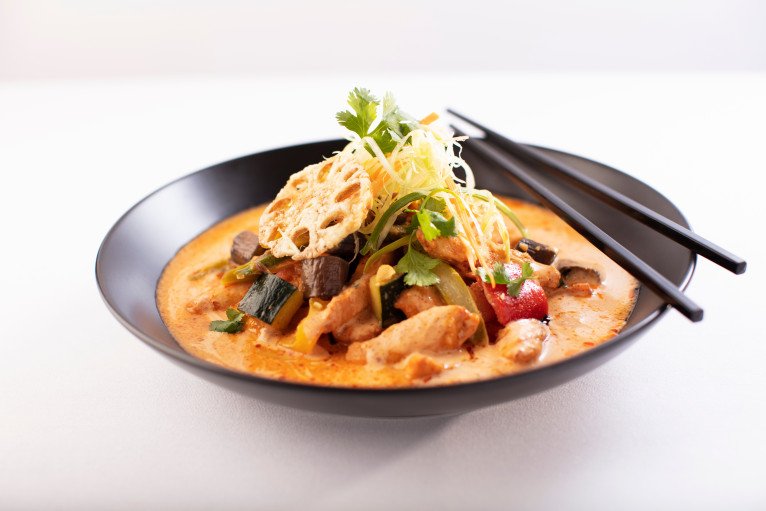
The Dining Room
For an elegant breakfast, leisurely lunch or unforgettable multi-course dinner, The Dining Room is your destination. Behind the scenes, our Culinary Council,® an elite team of seven world-renowned chefs, and our talented onboard executive chefs have worked to bring each dish to perfection. For dinner, choose from classics such as Boneless Lamb Loin en Croute, Rosemary Roasted Chicken, as well as regionally inspired cuisine and artfully prepared vegetarian dishes. Enrich your journey with an extensive selection of wines, carefully selected by our Wine Curator, world-renowned wine critic James Suckling.
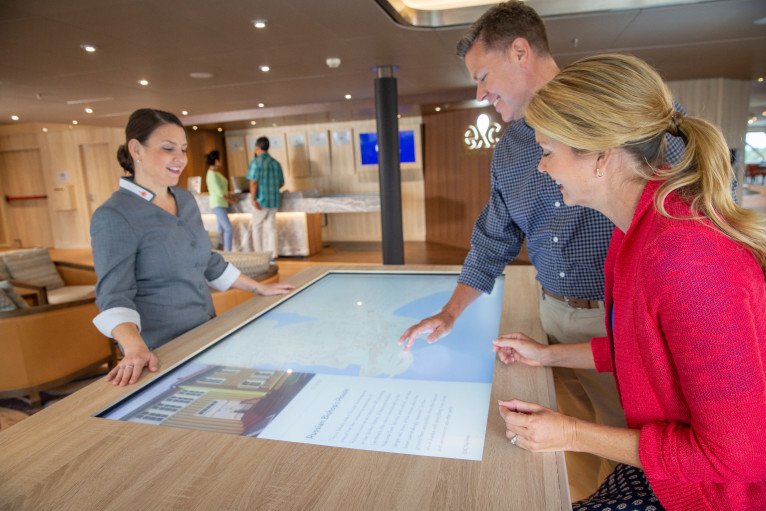
Explorations Central
Explorations Central™ (EXC®), Holland America Line’s exclusive destination programming, is designed to deepen your understanding of the places you visit. It's indispensable travel resources and opportunities to engage with experts and local insiders, make exploring each port of call more vivid and meaningful. Enjoy the programs listed below and visit our Explorations Central discovery centre on board.
EXC Talks
Get an insider’s perspective at these informative onboard talks. In select regions, EXC Talks feature multimedia presentations that bring each destination to life with captivating storytelling and expert commentary.
EXC Culture
Start your immersion in a destination’s culture and history before you even step on shore, with help from local experts, artists and performers.
EXC Nature
Study the natural world in all its beauty and complexity—from landscapes carved over millennia to animals that have made amazing adaptations to their environments.^
EXC Port To Table
Food is the gateway to understanding a culture. Delve into each region’s culinary traditions through onboard cooking demonstrations, and food and wine tastings (fleetwide Jan. 1, 2020).
EXC Photography
Learn to capture your most memorable travel moments with expert photography instruction and unique opportunities to use your newfound skills in port.
Unique Shore Excursions
Choose from our award-winning shore excursions and immerse yourself in authentic, engaging travel experiences—easily, comfortably and conveniently.


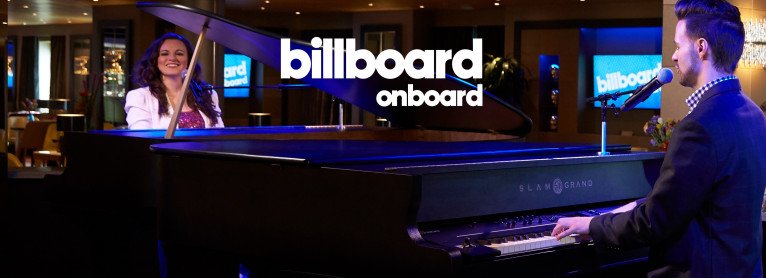











Lincoln Centre Stage
Enjoy classical cruise ship music and onboard entertainment. In an exclusive partnership with the world’s leading centre for the performing arts, music virtuosos perform familiar classics and twists on contemporary favourites.

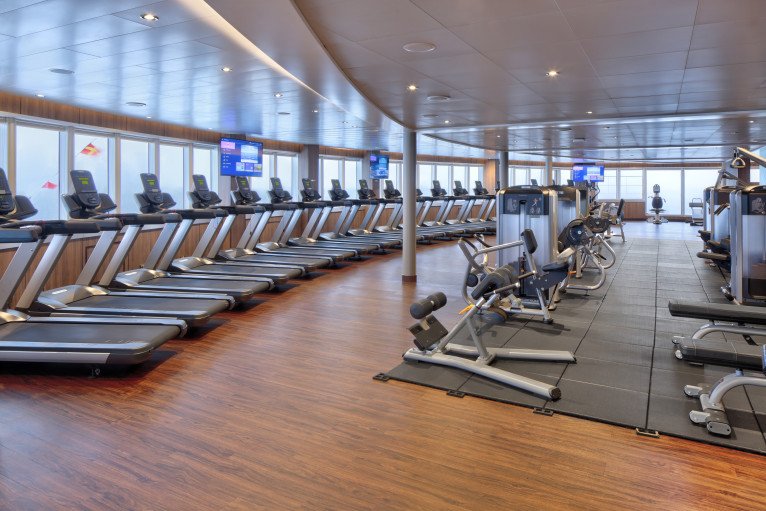

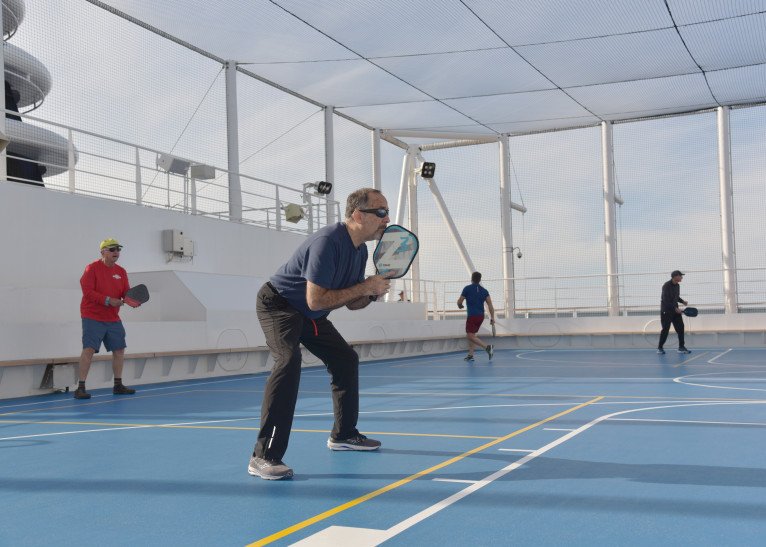
Greenhouse Spa & Salon
Refresh, Relax and Rejuvenate
During a leisurely day at sea, few places help you refresh, relax and rejuvenate like the Greenhouse Spa & Salon®. This heavenly retreat nurtures every aspect of your well-being with renowned spa rituals and healing touches. In the spa, pamper your skin with facial treatments featuring premium, naturally sourced ingredients. Nurture your body, too, with massage treatments employing time-honoured, hands-on massage techniques gleaned from around the world.





Kids Programs (Ages 3-6)
Highlights for kids ages 3 to 6 include a variety of activities, crafts, games and theme parties, such as “Dino-Mite Night” and “Ships Ahoy Pirate Treasure Hunt Adventure.”
Deck 11 - Sports

- Observation Deck
- The Retreat
- Sports Courts
Deck 9 - Lido

- Fitness Centre
- Greenhouse Spa & Salon
- Hydro Pool
- Lido Pool
- Lido Bar
- Dive-In
- Canaletto
- Lido Market
- Sea View Bar
- Sea View Pool
Deck 10 - Observation

- Crow's Nest
- Explorations Central & Café
- Sliding Dome Cover
- Club HAL
- Verandah Staterooms
- Interior Staterooms (Large or Standard)
Deck 7 - Rotterdam

- Neptune Lounge
- Neptune Suites
- Pinnacle Suites
- Verandah Staterooms
- Interior Staterooms (Large or Standard)
Deck 8 - Navigation

- Bridge
- Neptune Suites
- Signature Suites
- Verandah Staterooms
- Interior Staterooms (Large or Standard)
Deck 6 - Upper Verandah

- Neptune Suites
- Signature Suites
- Verandah Staterooms
- Ocean-View Staterooms (Large)
- Interior Staterooms (Large or Standard)
Deck 5 - Verandah

- Neptune Suites
- Signature Suites
- Verandah Staterooms
- Interior Staterooms (Large and Standard)
Deck 4 - Upper Promenade

- Neptune Suites
- Verandah Staterooms
- Ocean-View Staterooms (Large)
- Interior Staterooms (Large and Standard)
Deck 3 - Promenade

- World Stage
- Hudson
- Tasman Room
- Half Moon
- Stuyvesant
- The Shops
- Ocean Bar
- Atrium
- Photo Shop
- The Dining Room
Deck 2 - Lower Promenade

- World Stage
- Casino
- Billboard Onboard
- Gallery Bar
- Rolling Stone Lounge
- Pinnacle Grill
- Atrium
- Pinnacle Bar
- Art Gallery
- Lincoln Centre Stage
- Explorer's Lounge
- The Dining Room
Deck 1 - Main

- World Stage
- Guest Services
- Atrium
- Future Cruises
- Ocean-View Staterooms (Large)
- Interior Staterooms (Large and Standard)
Zuiderdam Cabins & Suites


Large Inside



Ocean View

Verandah





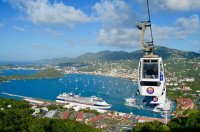
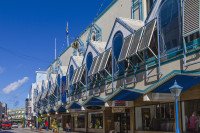


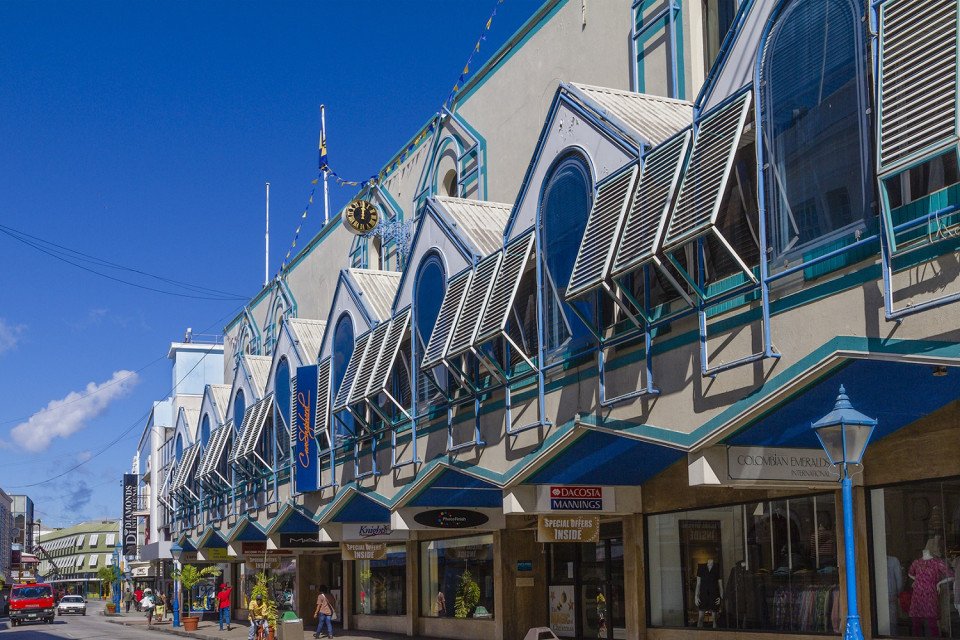











-large_thumb.jpg)









